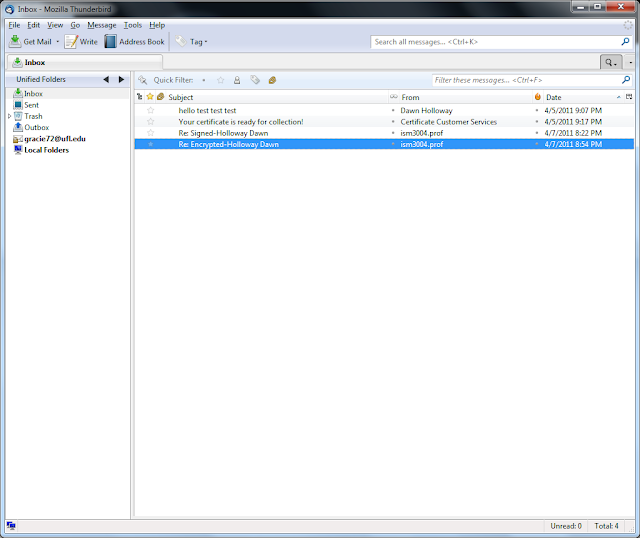By definition, an information system is "a collection of hardware, software, data, people, and procedures that work together to produce quality information." As we all know, hardware, software, data, people, and procedures often change. To make this change effective you must follow the five phases of the system development life cycle. The five phases that I will breakdown and discuss in detail are (1)planning, (2)analysis, (3)design, (4)implementation and (5)operation, support and security.
The first phase is in the SDLC is planning. The planning phase starts as soon as a request for a change is requested. During this phase there are four activities that you must follow. (1) review and approve the project, (2) put the requests in order of importance, (3) divide up the resources and (4) form a project team.
After the planning phase has been approved you will move into the analysis phase. In this phase there are two major activities that you and the team must follow. (1) investigate the problem and (2) perform the analysis on the problem. The first step will determine what the problem is and how to improve it. You may find that the problem is not worth pursuing during this step. If it is a problem that needs to be addressed then you will perform the analysis. In the analysis phase you want to study how the current system works and find out how the users want it to work. After you have collected this information then you will propose a solution.
The third step in the SDLC is the design. You must collect all the hardware and software and develop all the details of the new system. Once the requirements for the new system has been ironed out, collect proposals from vendors. The lowest bid is not always the best bid. You need to find a vendor that can deliver exactly what you need. Always get a list of references from the vendor and talk to current users.
Next you will move into the implementation phase. During this phase you will develop the system, install and test the new system, train the users and finally, convert to the new system. One of the top reasons a project fails is poor training. Training can be done one on one or in a classroom setting. Training on a new system should always be hands on training. If the training is not done correctly, the new system will fail.
The final step is the operation, support and security phase. In short you can call this the maintenance phase. You will monitor the systems performance and fix errors as they come up. If you are the system designer then you must meet with users and get their feedback. The users of the system can tell you where there might be an error or where a system enhancement is needed. Below is a chart that will help remind you of all five steps. Do not skip any of these steps. Although these steps can be time consuming, it will lead you to a successful system roll-out.
Image Created by Dawn Holloway
Sources
Discovering Computers 2010 Living in a Digital World
Wikipedia
Welcome Student Bloggers
I hope that you all find my blog to be of use in our time together in ISM3004
Sunday, April 17, 2011
Sunday, April 10, 2011
Secure Email Project
This secure e-mail project has been very interesting. Before this assignment, I never realized how important that it is to send emails that have been digitally signed and/encrypted. It is a sure way to ensure that hackers cannot access viable information.
Below is a link of an article that discusses the hacking of Sarah Palin's email during the Presidential race. Because she was using her personal email, and not the secure email of her state, her information had been compromised. No one should have their email compromised, but being in the very public eye, left her susceptible to would-be hackers. The article also discusses that even if she didn't know better, the political big-wigs of McCain's campaign should have ensured the utmost security. Her personal information was all over the internet, which posted possible damage to the McCain campaign.
Subscribe to:
Comments (Atom)

